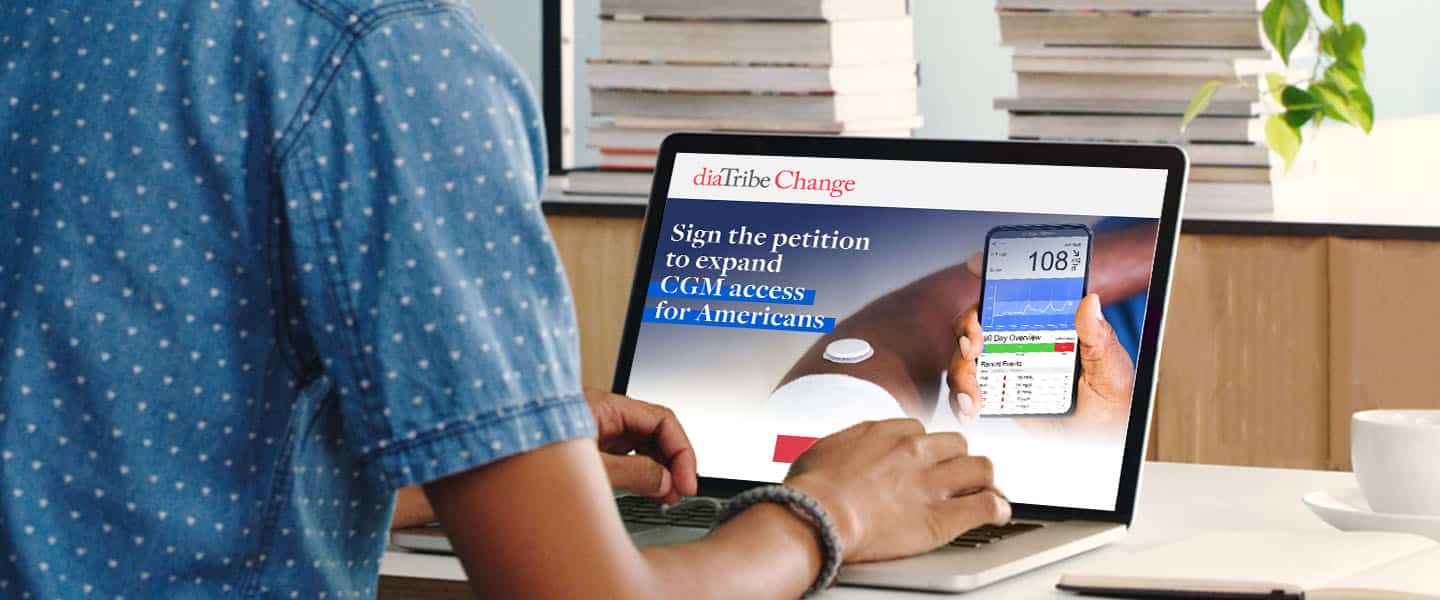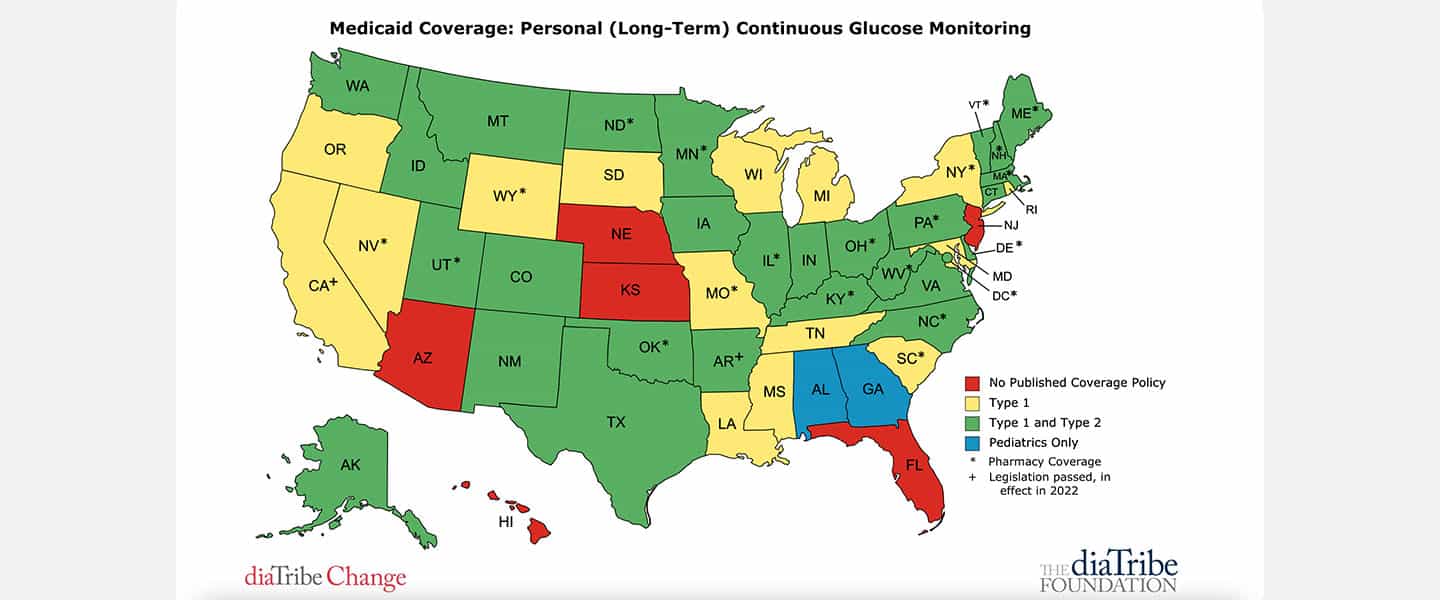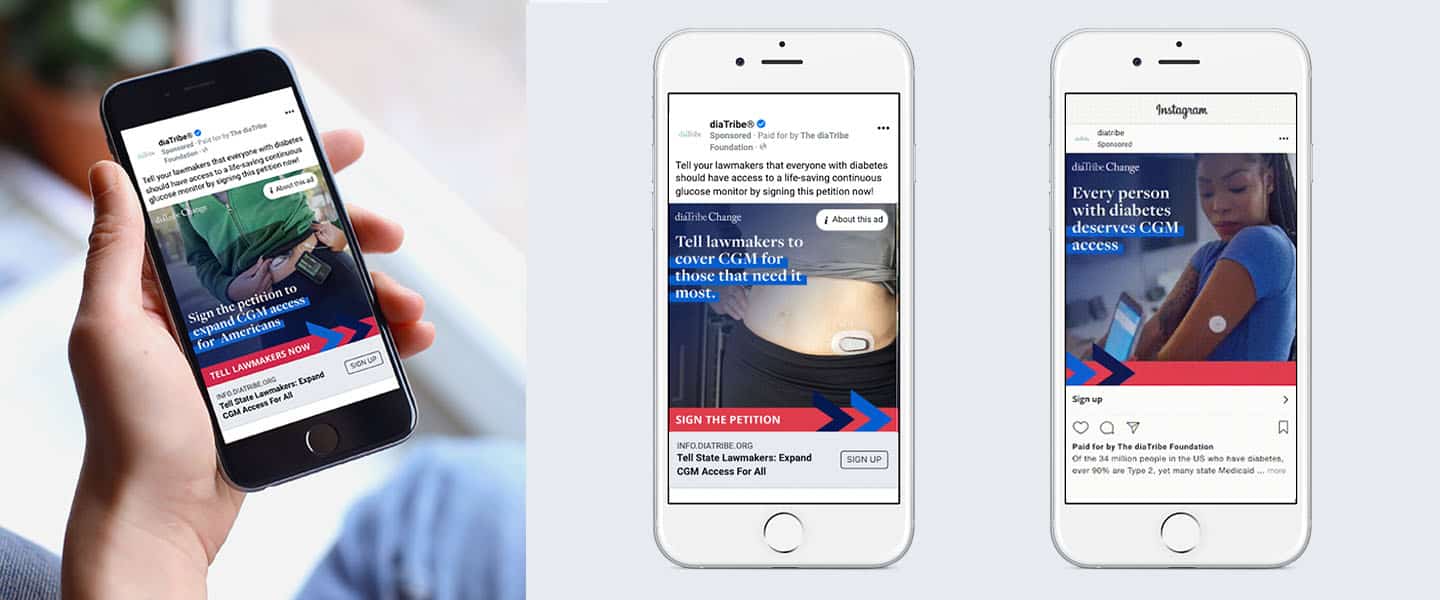
Overview
The diaTribe Foundation works to improve the lives of people with diabetes, prediabetes, and obesity by advocating for change, bringing the voices of people with diabetes to the fore, and pushing prevention into the spotlight. diaTribe Change is their community of advocates, passionately committed to changing the course of diabetes.
diaTribe Change partnered with Media Cause to create a mobilization strategy to activate new and existing supporters across the U.S. in advocating for Continuous Glucose Monitors (CGMs) access for all Americans.
Julia Kenney, Policy and Advocacy Senior Associate diaTribe Foundation
There is a diabetes epidemic in the United States—it is one of the biggest health crises of our time. One in ten Americans has diabetes, and one in three have prediabetes. The largest group of people living with diabetes are Type 2, but this same group of people are also those with the least access to technology (CGMs) that helps them live healthier, happier lives.
Many state Medicaid programs do not adequately cover these valuable devices, making them inaccessible for low-income people with diabetes. The communities that suffer most from this lack of access are people of color.
Because Medicaid coverage is determined on a state-by-state basis, we needed to understand where the biggest gaps were in terms of lack of access and the number of people living with diabetes on insulin so we could focus our efforts on where the needs were greatest.
We also needed to take several complex topics (CGMs, Medicaid coverage) and translate them into a holistic, accessible, and compelling campaign narrative and messaging framework. Their goal was to get 3K petition signatures on this campaign.
To begin, diaTribe Change needed the technology necessary to launch a campaign and continue organizing advocates to create change.
We then began to lay out our strategic approach for the campaign. First, we researched and targeted our audiences to focus our attention and paid media budget on states where there was the least Medicaid coverage and the biggest populations of people with diabetes.
Next, we developed a complete cross-channel campaign strategy, creative identity, and messaging framework to educate audiences on the need and the reality, and engage them in contacting their lawmakers to advocate for increased access to CGMs for all Americans.
We carefully and intentionally sourced inclusive creative assets to centralize those who are the most affected by the lack of access to CGMs.
Throughout the course of the campaign, we tracked performance in real-time and engaged in continuous optimization and testing. At the end of the campaign, we provided a complete wrap-up report with insights, analysis, and recommendations for future campaigns.
We identified diaTribe Change’s platform requirements, presented several options for consideration, and provided recommendations on which tool fit their needs best. We were looking for a tool that was inexpensive, easy to implement, user-friendly, and had functionality that could scale along with a new advocacy program. We ended up selecting Action Network as the best platform for diaTribe Change. Once we had chosen the advocacy platform, we worked with their team to integrate it into their systems and workflows, train internal staff on how to use the platform, and create their first action and landing page.
We took a targeted approach to our campaign strategy and media investment, focusing on those states where the need was greatest: States where there was little to no coverage policy for CGMs for Americans living with diabetes on insulin.
Another factor that influenced our targeting strategy was that although the vast majority of people who need CGMs have Type 2 diabetes, in many states with partial coverage, only the smaller population with Type 1 diabetes are eligible for Medicaid coverage of these life-saving devices.
We leveraged Facebook’s detailed targeting interests and also utilized custom lookalike audiences based on the diaTribe master email list and recent visitors to the diaTribechange.org site.
The interest targeting ad group outperformed the lookalike audience in terms of petition signatures by more than 3X.

Throughout the campaign we ran tests on our creative to gain insight into our audience and understand which messaging worked best.
Our assumptions were that video assets would be the top-performing creative to drive petition signatures due to their eye catching nature. We actually found the opposite to be true—the static imagery dramatically outperformed video assets.
We found direct-ask messaging out-performed other positioning — one such post resulted in more than 65% of total petition signatures. We also discovered that animated graphics drove more action than static versions. While nuanced, images that displayed the oval-like CGM device seemed to resonate better with the audience.

Our comprehensive metrics dashboard not only focused on the primary goal of petition signatures, but also measured the impact of user engagement and further activation through Facebook and Twitter social sharing.
Reporting KPIs included: Petition signatures, assisted conversions, cost-per-click, clicks, and impressions.
We clearly measured petition volume progress toward the goal (3k) throughout our reporting efforts and noted weeks/certain periods where more petition signature activity occurred. Because geography and varying policies were tied, it was important to understand which states had a greater impact on the overall volume of signatures.
Our campaign goal was to collect 3,000 petition signatures. We were able to surpass this goal, collecting a total of 4,787 from various channels. 2,857 were attributed to Facebook.